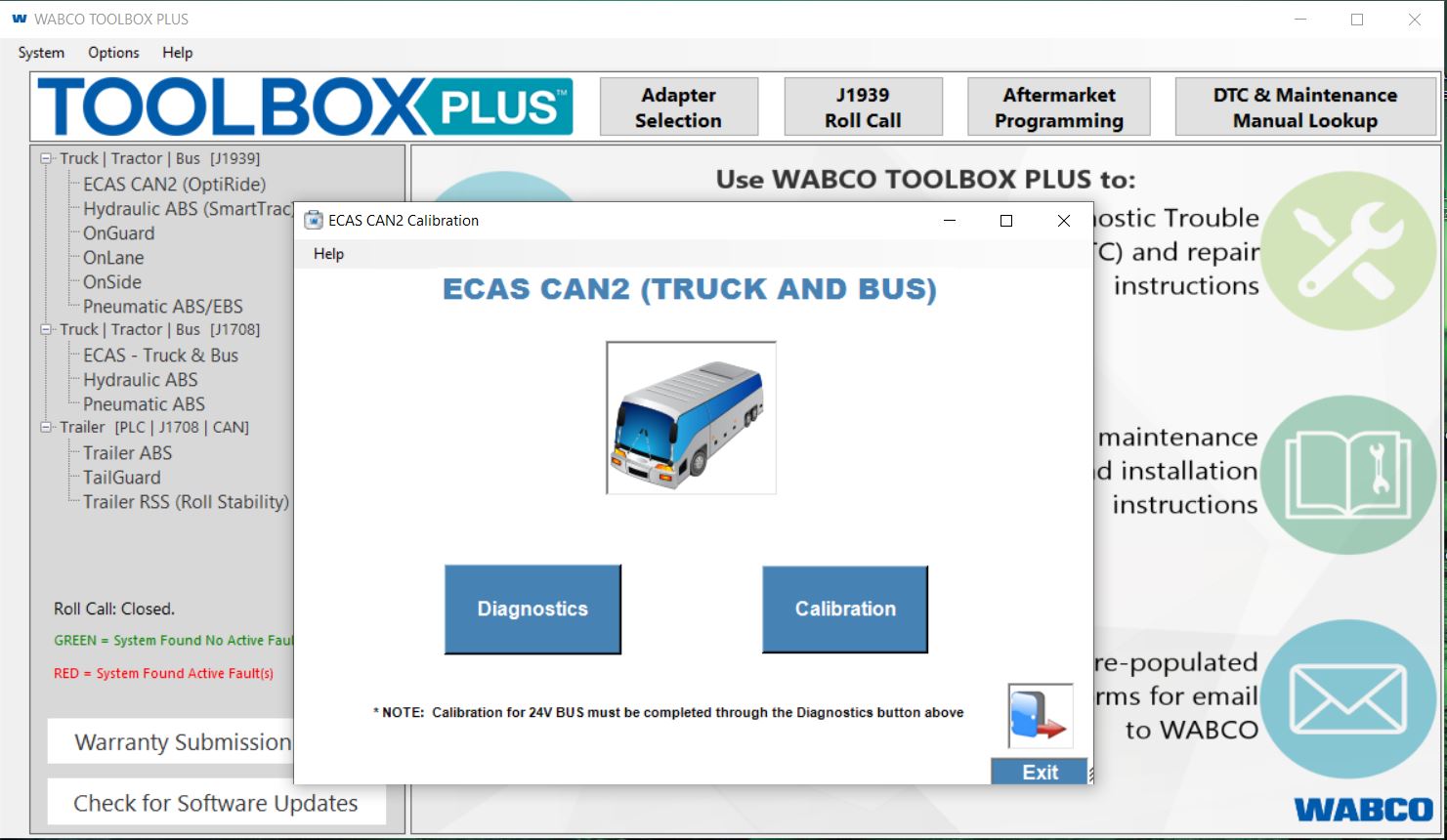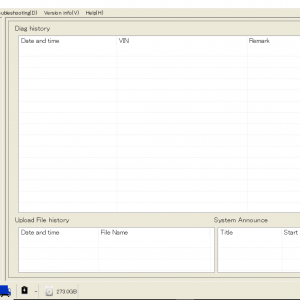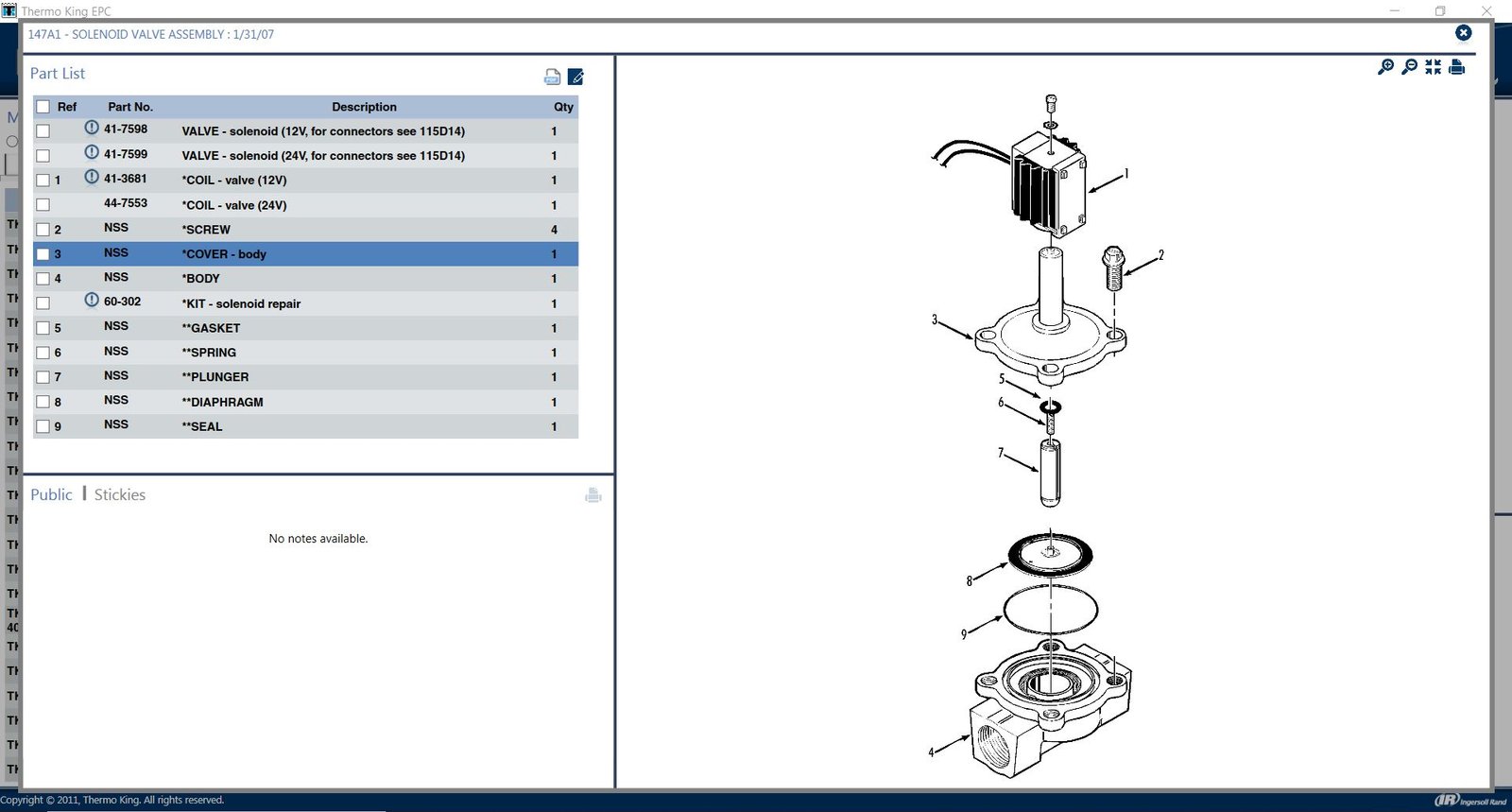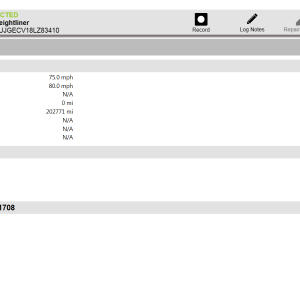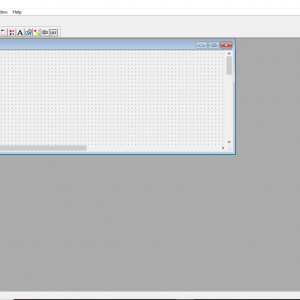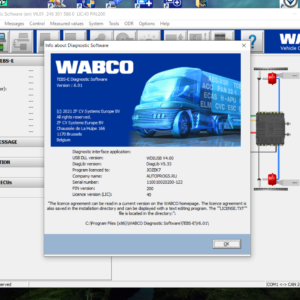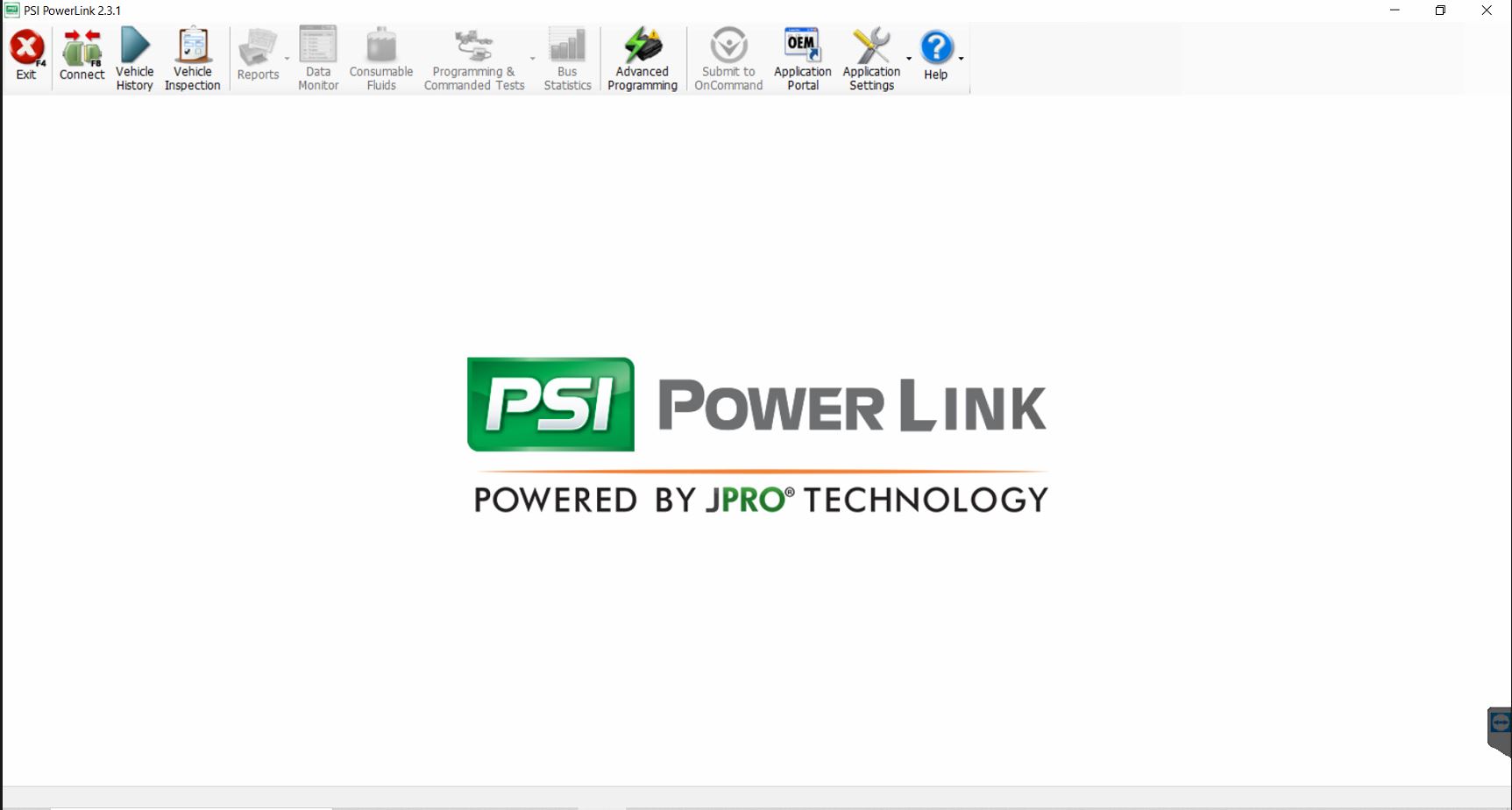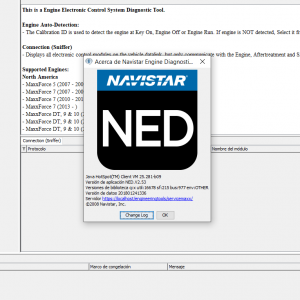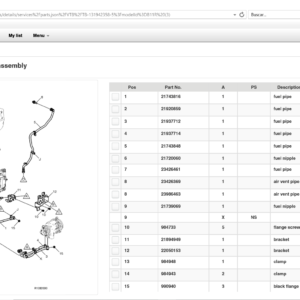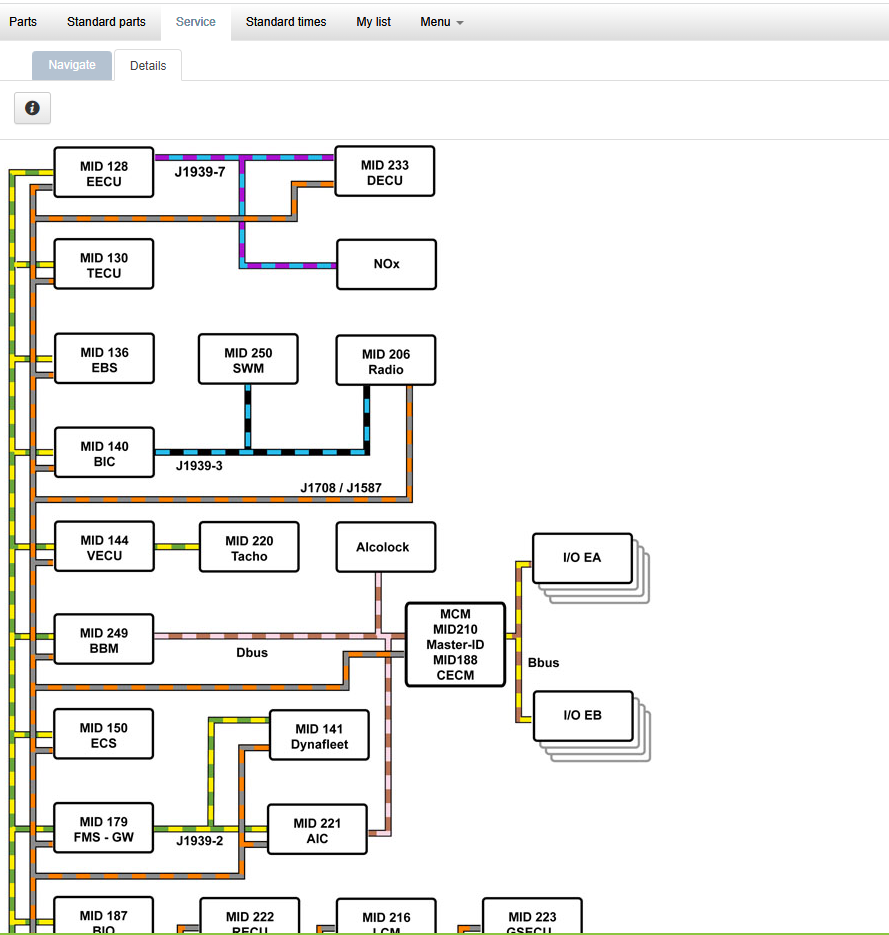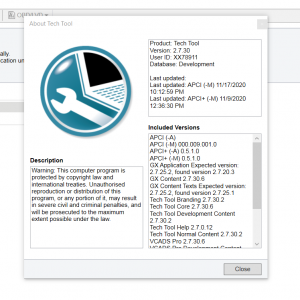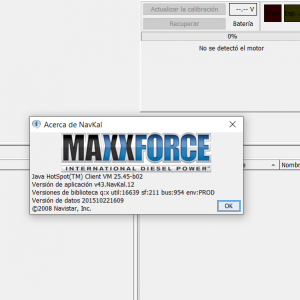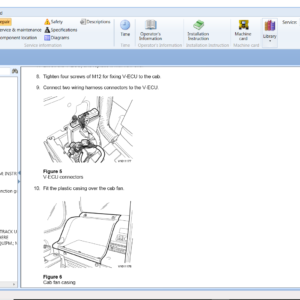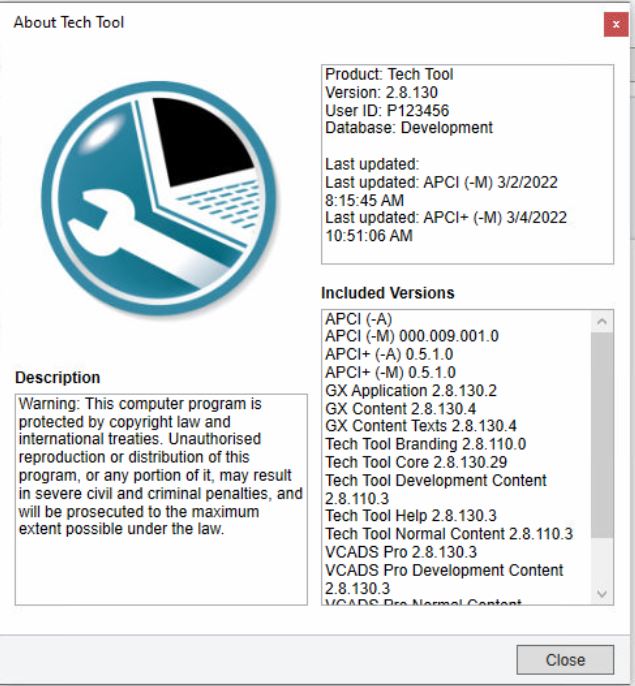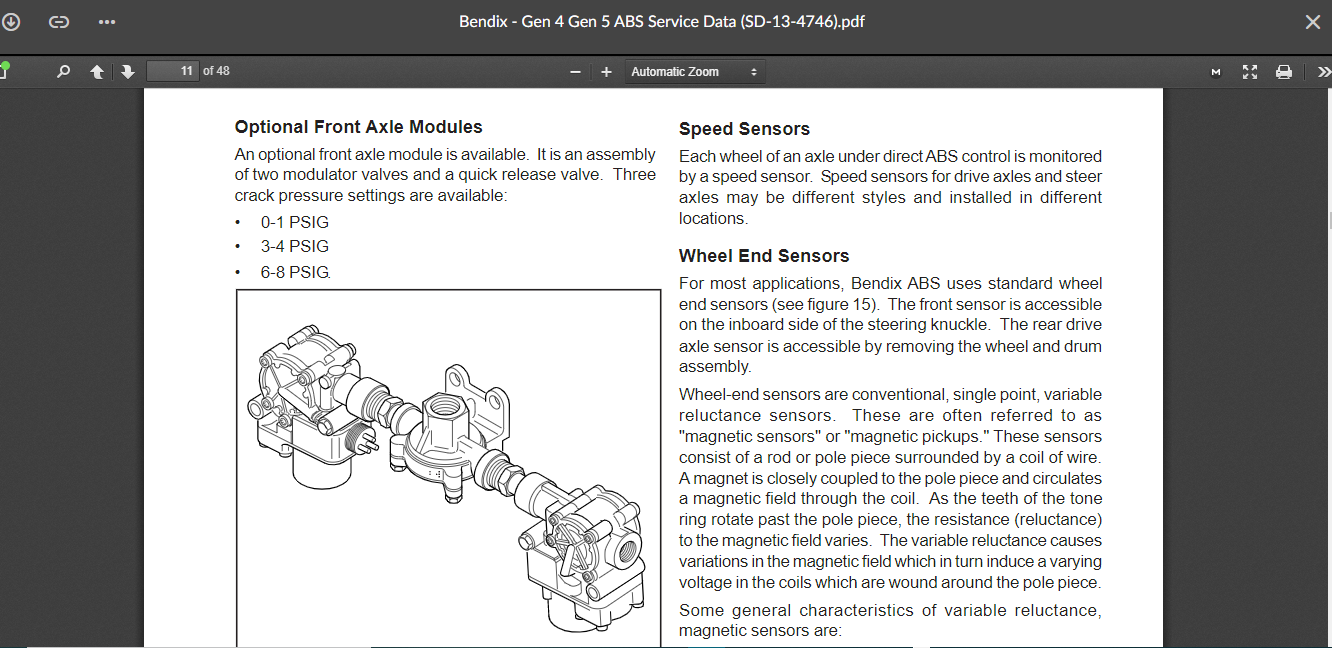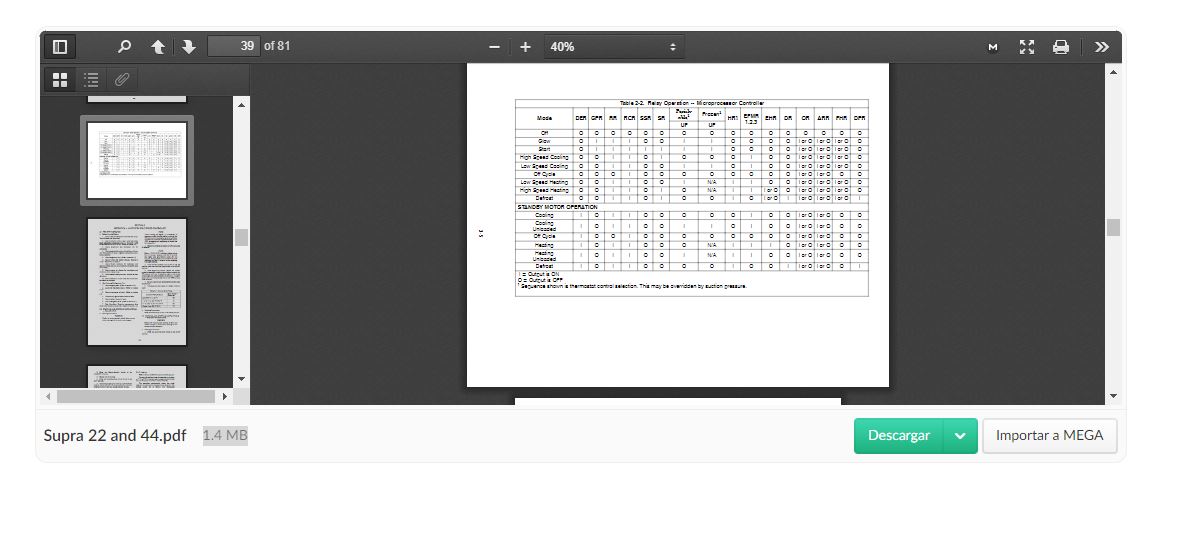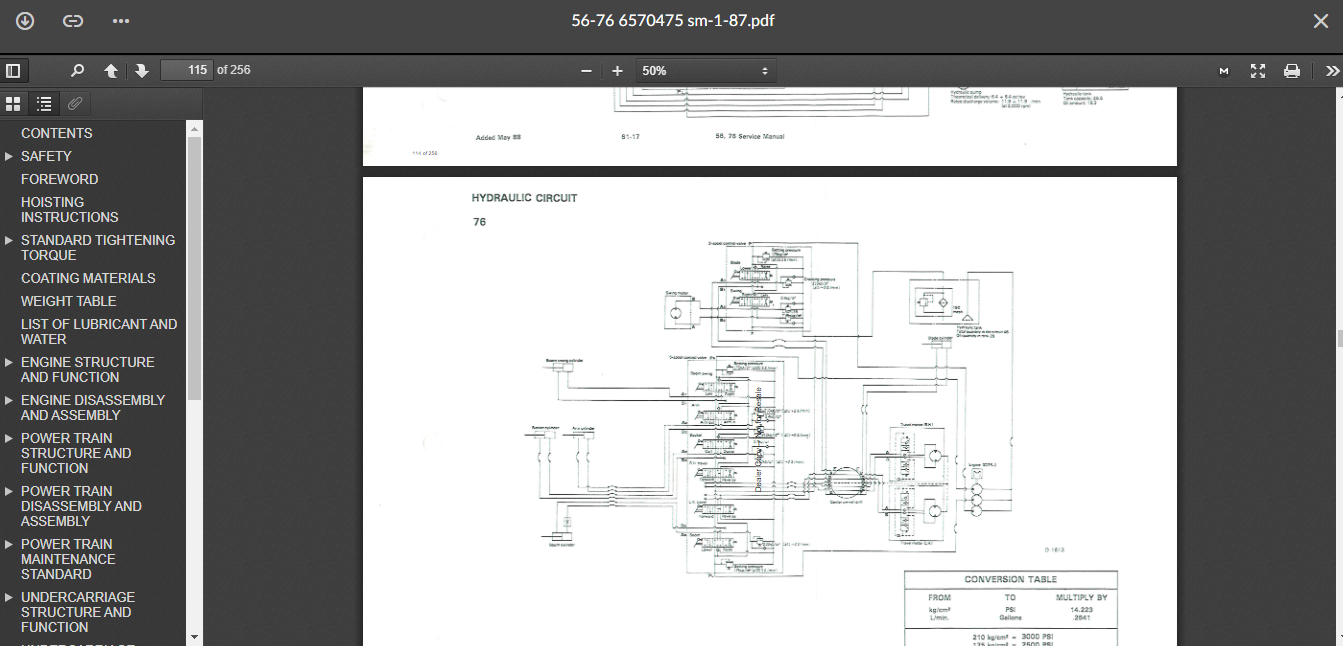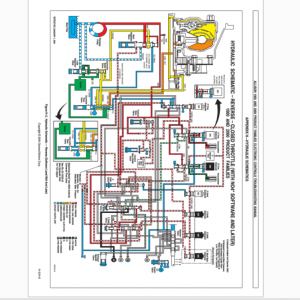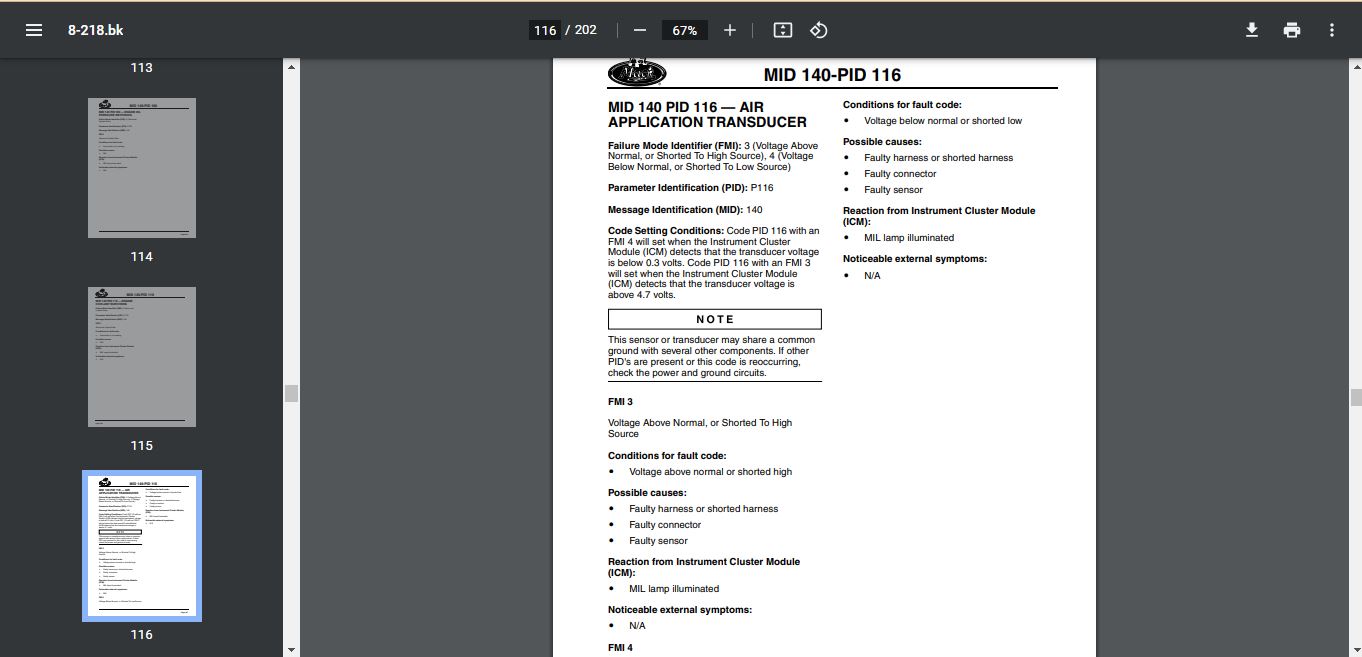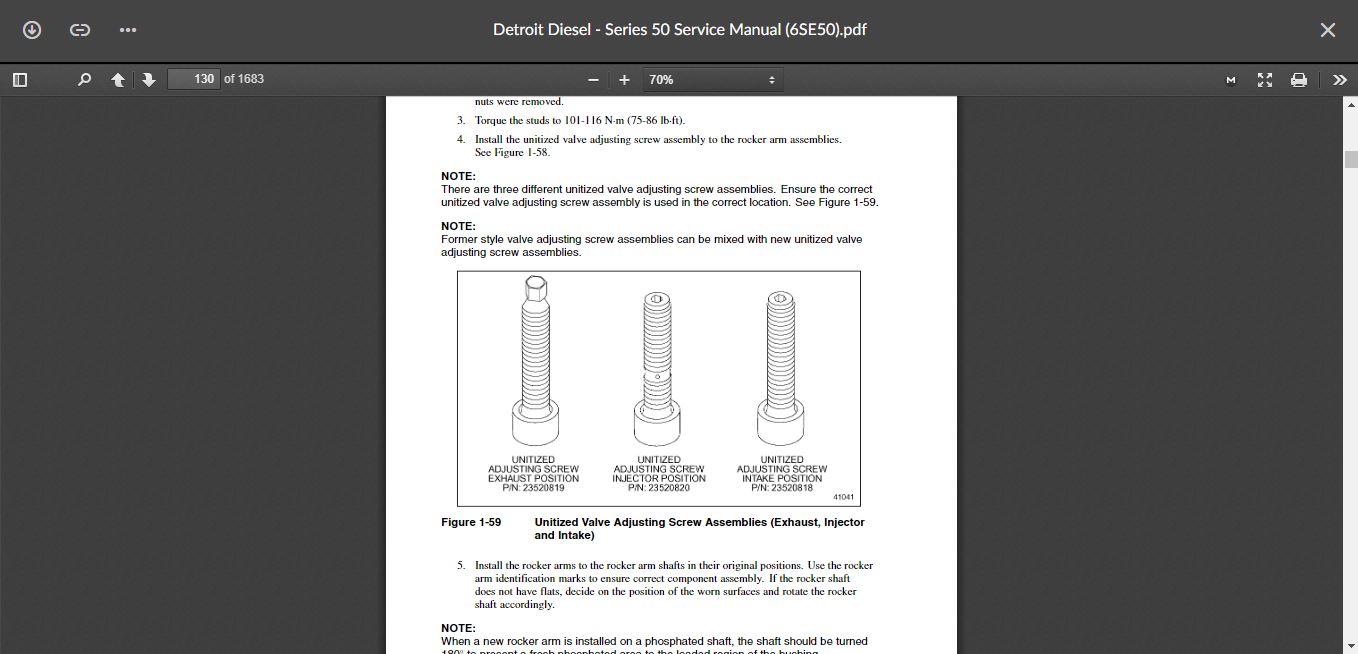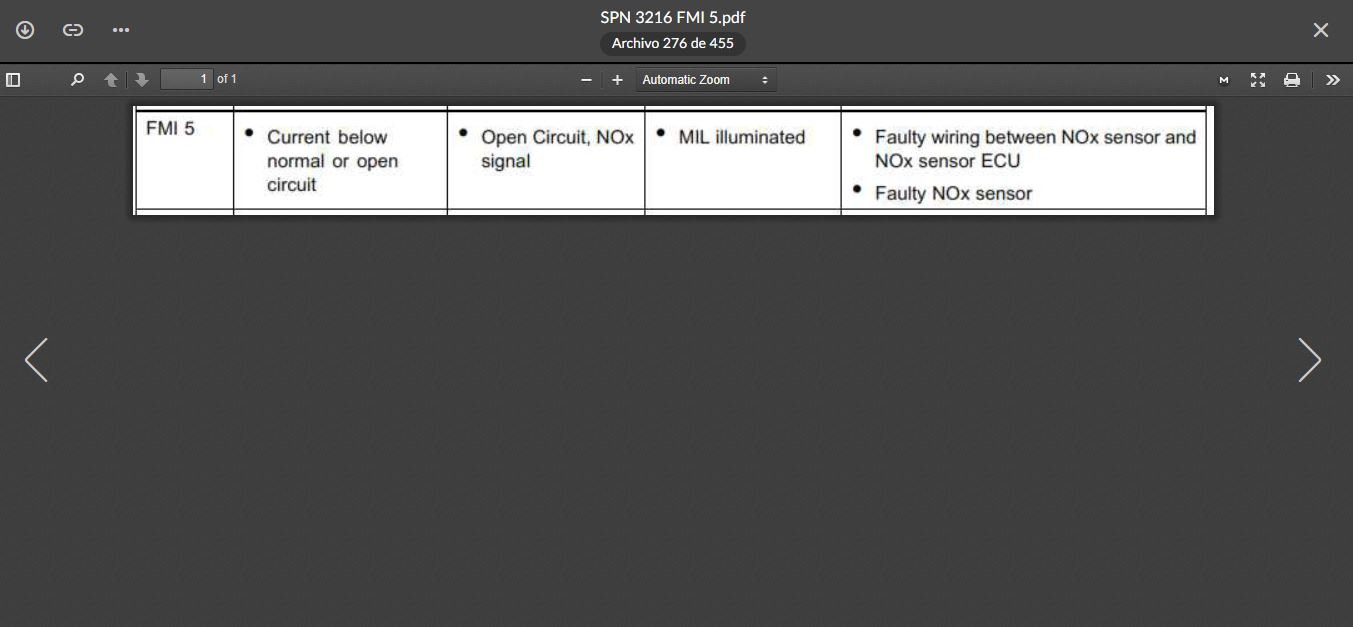Cummins X15 CM2450 X124B (2018 & Newer) Fault Code: 3251 PID: SID 326 SPN: 4765 FMI: 16 Aftertreatment Diesel Oxidation Catalyst Intake Temperature- Data valid But Above Normal Operating Range- Moderately Severe Level
Circuit Description
The aftertreatment diesel particulate filter temperature sensor module is a smart device that communicates with the engine control module via the J1939 data link. The aftertreatment diesel partculate filter temperature sensor module performs its own internal diagnostics and reports malfunctions back to the engine control module using the J1939 data link. The aftertreatment diesel particulate filter temperature sensor module is used to measure the aftertreatment diesel oxidation catalyst intake temperature, aftertreatment diesel particulate filter intake temperature, and aftertreatment diesel particulate filter outlet temperature. The temperature probes are permanently attached to the aftertreatment diesel particulate filter temperature sensor module and can not be replaced individually.
Component Location
The aftertreatment diesel oxidation catalyst intake temperature sensor is located in the aftertreatment system. It is located at the intake of the aftertreatment catalyst. Refer to the OEM service manual.
Conditions for Running the Diagnostics
This diagnostic runs continuously when the engine is running and active regeneration of the aftertreatment diesel particulate filter is not occurring.
Conditions for Setting the Fault Codes
The Engine Control Module (ECM) detected the temperature at the diesel oxidation catalyst intake was greater than 690°C [1112°F] for 60 seconds.
Action Taken When the Fault Code is Active
The ECM illuminates the red STOP ENGINE lamp immediately after the diagnostic runs and fails.
A default value for the aftertreatment diesel oxidation catalyst intake temperature sensor reading is used.
Active and stationary regeneration of the diesel particulate filter will be disabled.
The engine will be shut down if the Engine Protection Shutdown feature is enabled.
Conditions for Clearing the Fault Code
To validate the repair using a Diagnostic Road Test, utilize a route that incorporates both stop and go city type driving and steady state highway type driving. It may be necessary to load the unit for certain diagnostics in the ECM to run.
To validate the repair using a Chassis Dynamometer, utilize a routine that incorporates acceleration and motoring events, steady state highway type operation, and load. This will simulate normal driving and allow the diagnostics in the ECM to run.
The fault code status displayed by INSITE™ electronic service tool will change to INACTIVE immediately after the diagnostic runs and passes.
The ECM will turn off the red STOP ENGINE lamp immediately after the diagnostic runs and passes.
The Reset All Faults command in INSITE™ electronic service tool can be used to clear active and inactive faults, as well as extinguish the MIL for OBD applications.
Shop Talk
This fault code is logged when the ECM has detected a high temperature condition in the aftertreatment system and active regeneration of the aftertreatment diesel particulate filter is not occurring. The fault code indicates that a secondary fuel source is entering the aftertreatment system and is creating a temperature increase across the aftertreatment diesel oxidation catalyst and/or aftertreatment diesel particulate filter.
Possible causes of this fault code include:
Excessive engine oil or diesel fuel being introduced into the exhaust system from the engine
A damaged engine fuel injector causing unburned diesel fuel to enter the exhaust system
The aftertreatment system must be inspected after making the appropriate repair outlined in this fault code troubleshooting tree. Progressive damage to the aftertreatment system may have occurred. Remove the exhaust aftertreatment system from the vehicle to inspect it for potential damage and reuse. Refer to the OEM service manual.
Reference the appropriate OEM wiring diagram when troubleshooting circuits that utilize wiring supplied by the OEM.
Possible Cause:
1) ECM calibration
Related
-
Wabco ToolBox plus 13.7.0.1 + ECAS CAN2 v3.00 Diagnostics Software
Trucks software $84.00Rated 0 out of 5 -
Hino Diagnostic eXplorer 2 – Hino DX2 1.1.19.1 with keygen unlocked ( Hino trucks )
Hino $50.00Rated 0 out of 5 -
CAT Engine Reprogramming Tool for flash programming C1.8, C2.4, C3.8 & C3.3B + Guide
CAT $50.00Rated 0 out of 5
-
ddct Detroit diesel calibration tool (DDCT) v4.5 English Include Calibrations & Metafiles
Detroit $30.00Rated 0 out of 5 -
Volvo Impact 2021 Trucks & Buses 06.2021 DVD 9116 Spare Parts Catalog
Trucks software $55.00Rated 0 out of 5 -
VOLVO PREMIUM TECH TOOL PTT 2.7.30 Developer + Devtool + INSTALATION VIDEO!
Trucks software $60.00Rated 0 out of 5 -
JOHN DEERE SERVICE ADVISOR 5.3.225 DATABASE AG + CF ENGLISH 2023
John Deere $250.00Rated 0 out of 5 -
Volvo PROSIS Offline 2019 Parts Catalog Installation Service
Trucks software $45.00Rated 0 out of 5 -
Volvo Premium Tech Tool PTT 2.8.130 Diagnostic Software 04.2022 ACPI ( 1 PC )
Trucks software $143.00Rated 0 out of 5
Related products
-
Allison 1000 & 2000 Gen 4 Fault Codes: P0872 Transmission Pressure Switch Solenoid E Circuit Stuck Closed
1000 & 2000 Gen 4 $50.00Rated 0 out of 5 -
Allison 1000 & 2000 Gen 4 Fault Codes: P0846 Transmission Pressure Switch Solenoid D Circuit Stuck Open
1000 & 2000 Gen 4 $50.00Rated 0 out of 5 -
Allison 1000 & 2000 Gen 4 Fault Codes: U2105 CAN Bus ECM Error
1000 & 2000 Gen 4 $50.00Rated 0 out of 5 -
Allison 1000 & 2000 Gen 4 Fault Codes: P1779 Engine Torque Delivered To TCM Signal
1000 & 2000 Gen 4 $50.00Rated 0 out of 5 -
Allison 1000 & 2000 Gen 4 Fault Codes: P0847 Transmission Pressure Switch Solenoid D Circuit Stuck Closed
1000 & 2000 Gen 4 $50.00Rated 0 out of 5 -
Allison 1000 & 2000 Gen 4 Fault Codes: U1300 J1850 (Class 2) Serial Data Communication Link Low
1000 & 2000 Gen 4 $50.00Rated 0 out of 5 -
Allison 1000 & 2000 Gen 4 Fault Codes: U1041 J1850 (Class 2) ABS Controller State of Health Failure
1000 & 2000 Gen 4 $50.00Rated 0 out of 5 -
Allison 1000 & 2000 Gen 4 Fault Codes: P0880 TCM Supply Voltage
1000 & 2000 Gen 4 $50.00Rated 0 out of 5 -
Allison 1000 & 2000 Gen 4 Fault Codes: U2104 CAN Bus Reset Counter Overrun
1000 & 2000 Gen 4 $50.00Rated 0 out of 5 -
Allison 1000 & 2000 Gen 4 Fault Codes: P0875 Transmission Reverse Pressure Switch Circuit Malfunction
1000 & 2000 Gen 4 $50.00Rated 0 out of 5 -
Allison 1000 & 2000 Gen 4 Fault Codes: P1891 Engine Throttle Position Sensor Pulse Width Modulation (PWM) Signal Low Input
1000 & 2000 Gen 4 $50.00Rated 0 out of 5 -
Allison 1000 & 2000 Gen 4 Fault Codes: P0876 Transmission Reverse Pressure Switch Circuit Stuck Open
1000 & 2000 Gen 4 $50.00Rated 0 out of 5 -
Allison 1000 & 2000 Gen 4 Fault Codes: P0848 Transmission Pressure Switch Solenoid D Circuit High
1000 & 2000 Gen 4 $50.00Rated 0 out of 5
-
SERVICE MANUAL Carrie Supra 422, 522,622, 722, 822,922, 644,744,844, 944 & Supra Multi-Temp
CARRIE $20.00Rated 0 out of 5


